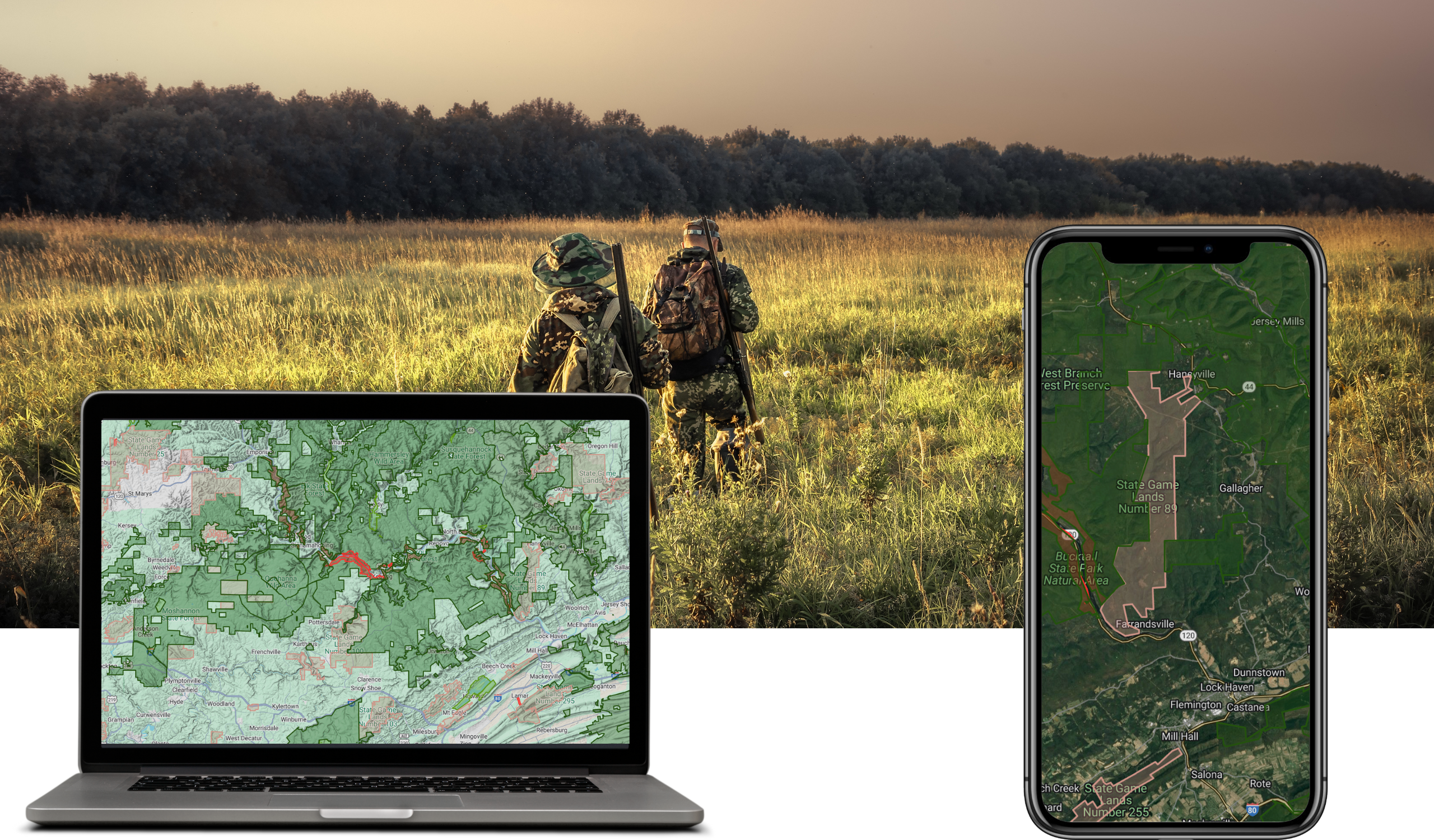Montana is one step closer to changing how some nonresident hunters access big game combination licenses. A bill moving through the Legislature would remove a current system that gives nonresident landowners a leg up in the draw.
If passed, the new rule would take effect in 2026. Lawmakers and hunters alike are watching closely — because this could shift how limited hunting tags are distributed across the state.
What the Current Law Does
Since 2021, Montana has set aside up to 15% of nonresident big game combination licenses for nonresident landowners who own at least 640 acres within a single wildlife management unit. These applicants are allowed to enter an early drawing period.
If they don’t draw during that round, they are automatically included in the regular nonresident draw. That effectively gives them two chances at a tag each year, compared to one for most other applicants.
The system was created to reward landowners who provide habitat for wildlife and contribute to conservation efforts, even if they don’t live in the state full time.
What the New Bill Proposes
House Bill 596, sponsored by Rep. Paul Fielder (R-Thompson Falls), would eliminate this separate preference starting in 2026. Under the proposal, nonresident landowners would still be eligible to apply for big game combination licenses, but only through the standard drawing process used by all nonresident applicants.
The bill passed the House with a 66-33 vote and now heads to the Senate for consideration.
If it becomes law, Montana Fish, Wildlife and Parks (FWP) would adjust its license system to reflect the change. According to the bill sponsor, this lead time gives the agency room to prepare for any administrative impacts.
Perspectives on the Change
Supporters of the bill argue that the current preference system is unfair to resident hunters who sometimes struggle to draw tags in their own state. They also point out that some nonresident landowners who benefit from the early draw may not hunt in Montana regularly or may not manage their land with public hunting access in mind.
Others say the change could improve public perception of fairness in how licenses are allocated — without significantly reducing nonresident hunting opportunities.
On the other hand, opponents of the bill, including some landowner and outfitter groups, argue that property owners who maintain wildlife habitat contribute meaningfully to the hunting landscape and deserve consideration in the draw. They caution that removing this preference could reduce incentives for private landowners to continue investing in wildlife management.
Some outfitters are also concerned about potential impacts to business, as fewer guaranteed tags for nonresident clients could make it harder to plan guided hunts.
What This Means Going Forward
If the bill is passed by the Senate and signed into law, the first changes would be seen in the 2026 application cycle. The 15% allocation would be removed, and nonresident landowners would apply under the same system as other nonresidents.
It’s not expected to affect the total number of nonresident tags available, but it could change who gets them — and how predictable the process is for some applicants.
For now, both resident and nonresident hunters will be watching to see how the Senate votes and whether the measure becomes law.
